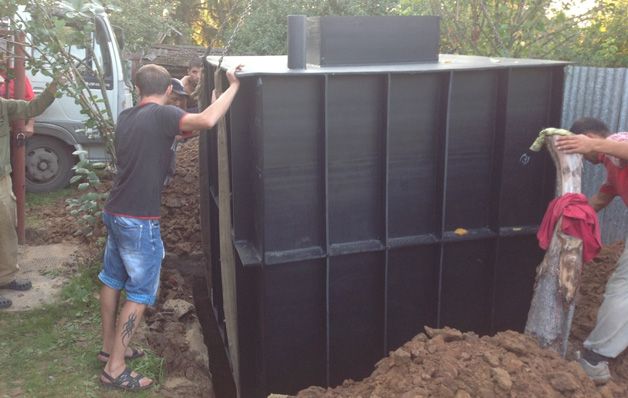A Guide to Building a Functional Basement Caisson
If you're considering expanding the usable space in your home, building a basement caisson can be an excellent solution. A basement caisson is a structural foundation system that allows you to create additional living or storage space below ground level. It provides stability, prevents moisture intrusion, and enhances the overall functionality of your basement. In this guide, we will walk you through the essential steps to build a functional basement caisson.
1. Planning and Design:
The first step in building a basement caisson is careful planning and design. Consider the purpose of your new space and determine its dimensions. Assess the load-bearing requirements and consult with a structural engineer if necessary. Sketch out a detailed floor plan and determine the location for access points such as stairs or elevators.
2. Excavation:
Once you have finalized the design, it's time to excavate the area where the caisson will be built. This involves removing the soil and creating a hole that matches the dimensions of your caisson. It's crucial to ensure the excavation is done accurately and the walls are vertical to maintain structural integrity.
3. Foundation and Footings:
To support the weight of the caisson, you'll need to construct a solid foundation and footings. The type of foundation depends on the soil conditions and the load-bearing requirements. Reinforced concrete footings are commonly used for basement caissons due to their strength and durability.
4. Formwork and Reinforcement:
Once the footings are in place, it's time to create the formwork for the caisson walls. Formwork consists of wooden or steel molds that shape the concrete. Reinforcing steel bars, or rebar, should be placed within the formwork to provide additional strength to the walls.
5. Pouring Concrete:
After the formwork and reinforcement are in place, it's time to pour the concrete. Ensure the concrete mix is of the appropriate strength and consistency for the project. The concrete should be poured evenly, avoiding air pockets or voids. Use a vibrator to eliminate any trapped air and ensure the concrete fills all corners of the formwork.
6. Curing and Waterproofing:
Once the concrete has been poured, it needs time to cure and gain strength. Follow the curing guidelines provided by the concrete manufacturer. After curing, apply a waterproofing membrane to the exterior of the caisson walls to prevent moisture penetration.
7. Finishing Touches:
After the caisson walls have cured and the waterproofing is complete, you can proceed with the finishing touches. This may include installing insulation, electrical wiring, plumbing, and HVAC systems. You can also finish the walls, floors, and ceilings according to your desired aesthetics.
8. Access and Safety:
Finally, ensure that your basement caisson has proper access points for entry and exit. Install stairs or an elevator if necessary and consider safety measures such as handrails, lighting, and emergency exits. Follow local building codes and regulations to ensure compliance and safety.
Building a basement caisson can be a complex project, and it's recommended to seek professional guidance and assistance. A qualified contractor or structural engineer can help you navigate the process and ensure the structural integrity and safety of your new space.
In conclusion, constructing a functional basement caisson requires careful planning, precise execution, and adherence to building codes. By following the steps outlined in this guide and working with experienced professionals, you can successfully create a valuable and practical addition to your home. Enjoy the expanded living space and increased functionality that a well-built basement caisson can provide.






